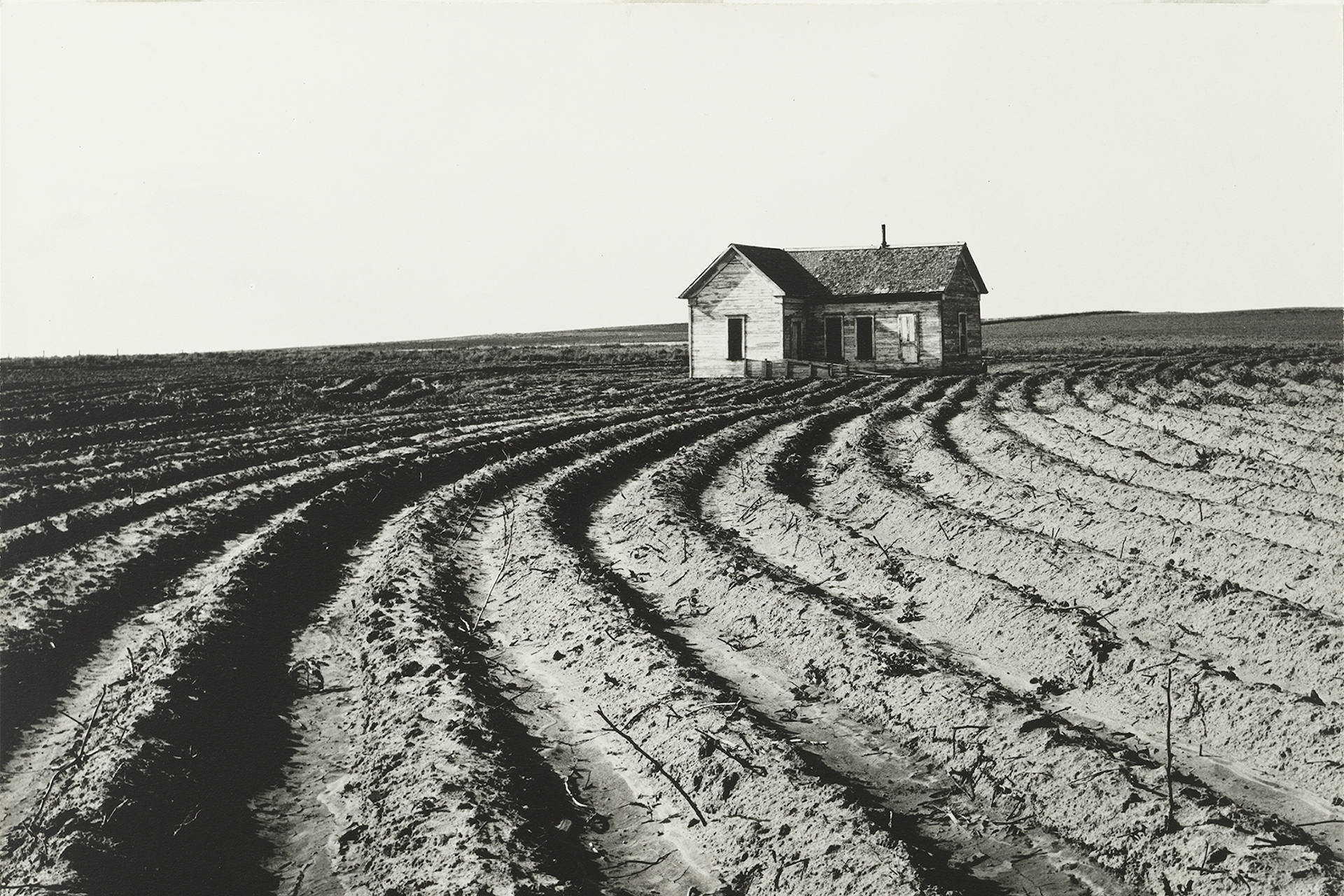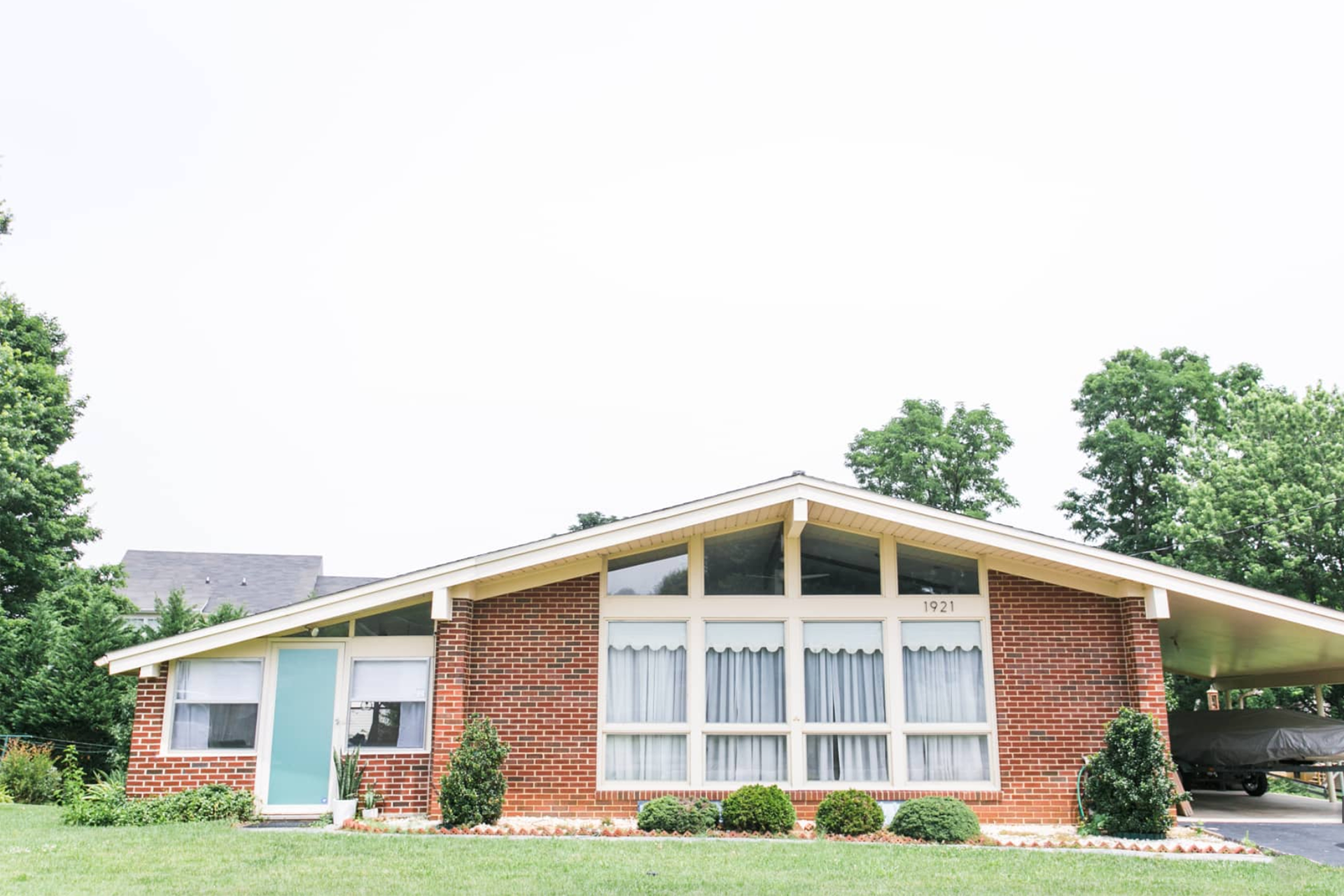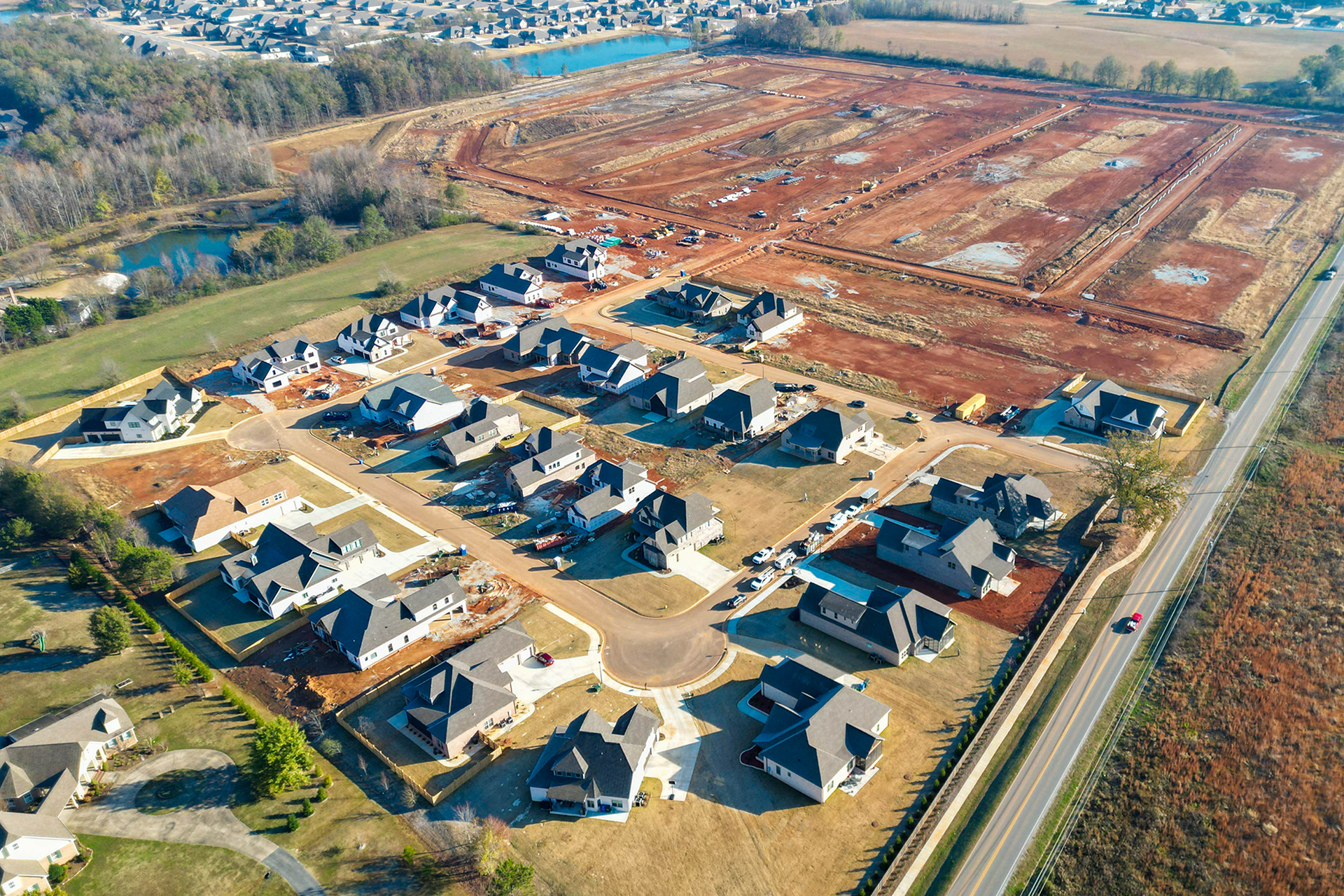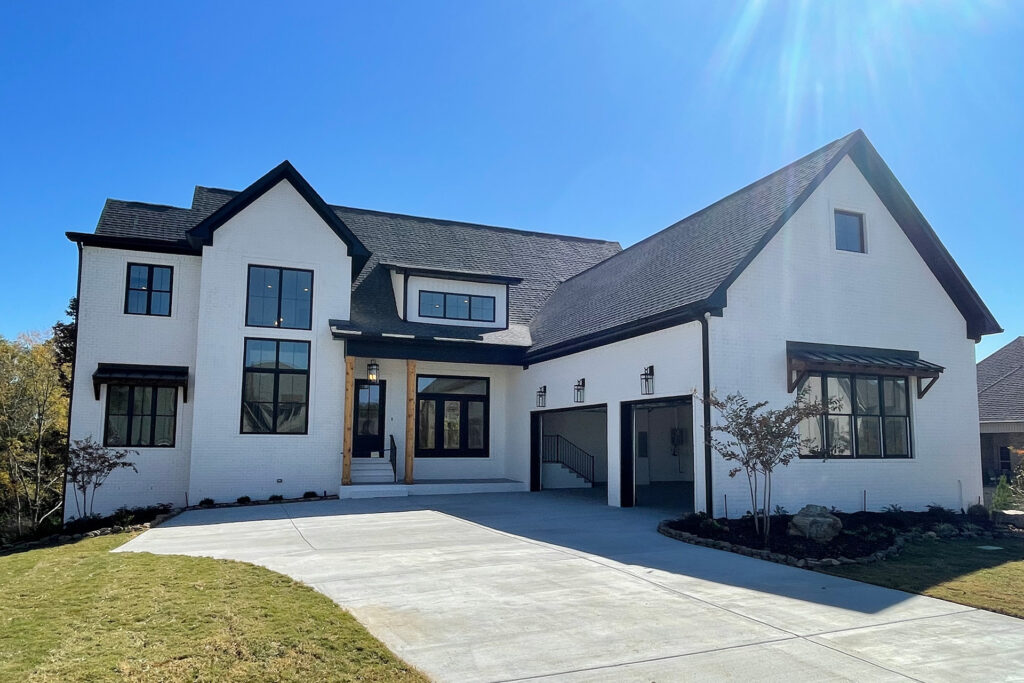It’s no secret that the housing market has been through a lot over the last 100 years. From booms and busts to highs and lows, the landscape of the housing market has changed drastically in the last century. So, what exactly has happened? Let’s reflect on the last 100 years of housing and see what trends have emerged.
The 1920s: The Housing Boom and Bust
Several factors contributed to the 1920s housing boom and bust. Rising incomes and improved credit availability led to more people buying homes, which drove up prices. At the same time, speculation played a role as investors and construction companies began buying properties intending to sell them at a profit. This created a self-reinforcing cycle in which prices continued to rise.
Eventually, however, the housing market reached a point where demand could no longer keep pace with prices, leading to a sharp decline in values. This led to widespread mortgage defaults and a wave of foreclosures, exacerbating the problem and causing the housing market to collapse.
The stock market crash of 1929 then sent the country into a Depression.

The Great Depression caused house prices to plummet and lead to a sharp decrease in home ownership.
The 1930s: The Great Depression
The 1930s was a decade defined by the Great Depression, which profoundly affected the housing market, causing prices to plummet and leading to a sharp decrease in home ownership.
The Depression also caused a decrease in construction as fewer people could afford to build or buy homes. As a result, the stock of available housing decreased while the demand for housing remained high. This led to widespread homelessness and overcrowding, which became one of the most visible problems of the Depression Era.
The 1940s: A Decade of Recovery
The 1940s were a decade of recovery from the Great Depression and World War II. The housing market was no exception. After a slump in construction and homeownership during the 1930s, homebuilding started to pick up again in the early 1940s. The median U.S. home value was $2,938 – just over 30k in today’s U.S. dollars. Despite the increase in construction, there was still a shortage of homes due to the massive population growth of the previous two decades.
The 1950s: A Decade of Prosperity
The 1950s were a decade of prosperity for many Americans, and the housing market reflected that. Construction activity increased steadily throughout the decade, peaking at 1.9 million starts (a measure of new residential construction) in 1959.
The record numbers of families purchasing cars, federally sponsored highways, and a real estate market boosted by GIS (Geographic Information Systems) led to strong demand for housing and subdivision development. This caused home prices to rise relatively quickly (although not as fast as they would during later periods). By the decade’s end, there was little hope of finding an affordable home for sale in many parts of the country.
The 1960s: A Decade of Turmoil
The 1960s were a time of upheaval and divisiveness in American society, marked by the Vietnam War and war protests, the Civil Rights movement, and the emerging generation gap. This turmoil was reflected in the housing market as well. Construction activity remained high through most of the decade, but it began to decline in 1968 as interest rates rose and inflation picked up. Median home prices grew almost 60% from the beginning of the decade.

Interest rates rose and inflation picked up in the 1960s.
The 1970s: Prices Soar as Baby Boomers Buy Homes
The 1970s was a decade of big changes for the housing market marked by two distinct economic trends: stagflation (a combination of slow economic growth and high inflation) and rising interest rates.
This was partly thanks to inflation and the large number of baby boomers entering the housing market for the first time. While this decade saw some of the highest interest rates in U.S. history, making it more difficult for buyers to qualify for mortgages, it didn’t stop them from trying. Many buyers during this decade took on adjustable-rate mortgages so that they could still buy homes despite the higher interest rates.
The 1980s: A Return to Normalcy?
Economic downturns in the early 1980s led to job loss for close to 4 million people. In addition to the significant job loss – particularly in manufacturing jobs – President Reagan’s tax cuts for wealthy Americans made it harder for average Americans to afford homes, widening the wealth gap. The average American household had only 62% of the income necessary to qualify for a median-priced home.
High unemployment rates would normally make housing prices go down, but that wasn’t the case at the beginning of the decade. Instead, inflation continued to rise, causing mortgage rates to reach an all-time high at 16.63%.
As interest rates started to fall and economic growth picked up steam, it appeared that things might finally be returning to “normal” by 1987 concerning interest rates and construction activity. However, on “Black Monday,” October 19, 1987, the stock market dropped 22.61%. This affected real estate markets globally, impacting our regional real estate market the most.
The 1990s: Prices Recover as Baby Boomers Reach Retirement Age
After a decade of decline, prices began to recover in the 1990s, thanks largely to an improving economy and baby boomers reaching retirement age.
As more and more baby boomers retired, they began selling their homes and moving into smaller apartments or condos. This freed up a lot of inventory for younger buyers looking for starter homes. At the same time, low interest rates made buying a home more affordable than ever.
2000-Present: The Housing Bubble and Bust
In the early 2000s, the housing market was booming, and prices were soaring. This led to many people being eager to buy homes they couldn’t afford, and when the “housing bubble” finally burst in 2008, it led to many foreclosures and a big downturn in the market.
In recent years we have seen a return to suburban living in light of the COVID-19 pandemic creating a boom in remote/work-from-home opportunities. Families and millennials coming into their peak buying years are searching for safer, more spacious properties.

We have seen a return to suburban living in recent years as families search for safer, more spacious properties.
In 2020, the average cost of a home hit an all-time high of $310,600. But in the first quarter of 2022, that number rose a staggering 30% to a median price of $428,700.
Where the Housing Market is Today
Housing market trends tend to ebb and flow with the economy at large. When the economy is doing well, there is often more demand for housing, and prices go up. Likewise, when the economy is struggling, there is less demand for housing, and prices go down.
However, some long-term trends can be observed in the housing market. For example, in the last century, there has been an overall trend of increasing prices and demand for housing. This is due in part to population growth and an increase in urbanization. Housing demand increases as more people move to cities, driving prices upward.
Today, we are seeing many of these trends continue. Prices are rising in most markets, and buyers are increasingly looking for larger homes. However, there are also signs of change on the horizon. For instance, millennials are now entering the housing market and have different preferences than previous generations.
The housing market has come a long way since the 1920s. While some trends remain steady, others may shift in the coming years, making for an exciting (and perhaps challenging) time in the housing market.
What will happen next is impossible to say for sure – but by understanding how we got here, we can get a better sense of where we might be headed.





